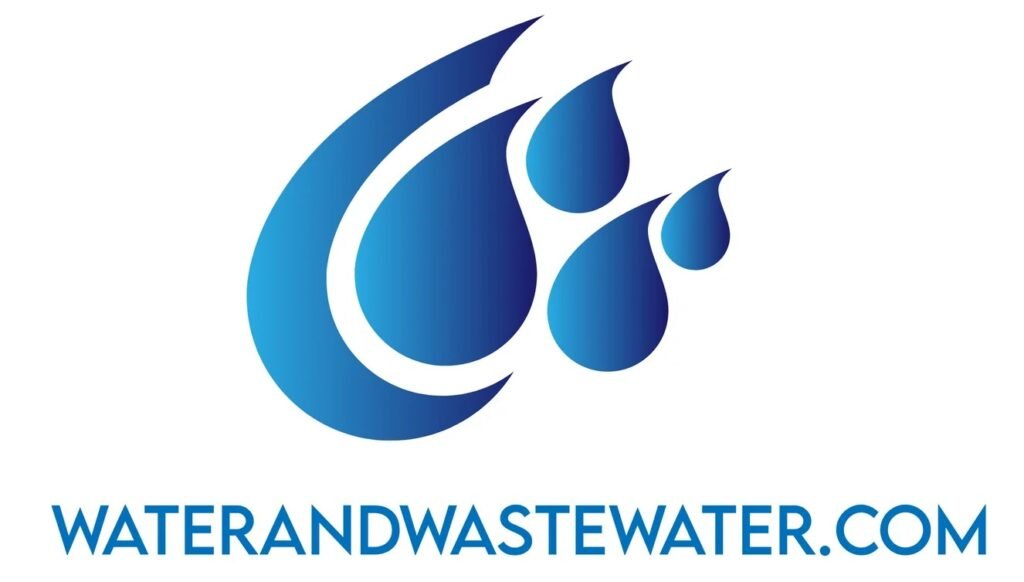Tag: pollution
Microfluidic Water Quality Monitoring: A Revolutionary Approach to Environmental Analysis Water is one of the most essential resources for life on Earth. It is essential for agriculture, industry, and human consumption. However, the quality of water is constantly under threat from pollution, contamination, and other factors. Therefore, monitoring water quality is crucial for the protection […]
Main Wastewater Treatment Plant: A Critical Component of Sustainability Introduction: Wastewater treatment is an essential process that ensures the protection of public health and the environment by effectively treating and disposing of wastewater from residential, commercial, and industrial sources. The Main Wastewater Treatment Plant is a key facility in this process, as it is responsible […]
Lignin-Based Water Treatment: An Eco-Friendly Solution Water is one of the most essential resources for life on Earth, yet access to clean and safe water is still a significant challenge for many communities around the world. Contaminants such as heavy metals, organic pollutants, and pathogens pose serious health risks when present in water sources. Traditional […]
Wastewater treatment plants play a crucial role in maintaining the health and well-being of communities by removing pollutants from sewage and other wastewater before it is released back into the environment. These treatment plants use a variety of physical, chemical, and biological processes to clean the water and ensure that it meets environmental and public […]
The Orange County Sanitation District (OCSD) is a public agency responsible for managing wastewater treatment and resource recovery in Orange County, California. Established in 1950, OCSD has played a crucial role in protecting public health and the environment by treating and recycling wastewater from over 2.5 million residents in the county. With a service area […]
The Northeast Water Pollution Control Plant, located in Philadelphia, Pennsylvania, plays a crucial role in treating wastewater and protecting the environment. With a capacity to treat up to 220 million gallons of wastewater per day, the plant serves over one million residents in the northeastern part of the city. In this article, we will explore […]
Joint Water Pollution Control Plant (JWPCP) is a vital facility that plays a crucial role in safeguarding the environment and public health by treating wastewater and reducing water pollution. Located in Los Angeles, California, JWPCP is one of the largest treatment plants in the world and serves a population of over 4 million people. Established […]
The Southerly Wastewater Treatment Plant, located in Cuyahoga Heights, Ohio, is a critical piece of infrastructure that plays a crucial role in protecting public health and the environment. As one of the largest wastewater treatment facilities in the state, it serves a population of approximately 1.3 million people in 62 communities in the Greater Cleveland […]
Capacitive deionization (CDI) is a promising technology that has emerged in recent years as an efficient and cost-effective method for removing ions from water. This innovative technique has shown great potential in various applications, including desalination, water purification, and wastewater treatment. CDI works by using two porous electrodes, typically made of activated carbon, that are […]
Located on the East River in New York City, the Wards Island Wastewater Treatment Plant is the second largest treatment facility in the city, serving over 1 million residents in Manhattan, the Bronx, and parts of Queens. As one of the key components of the city’s wastewater management system, the plant plays a vital role […]
